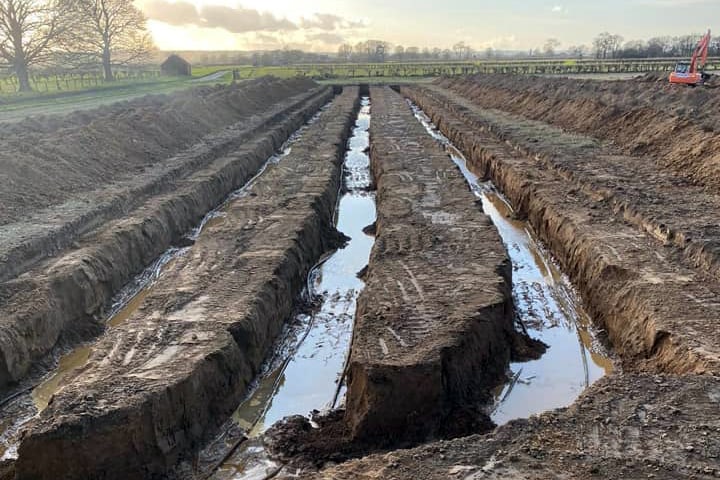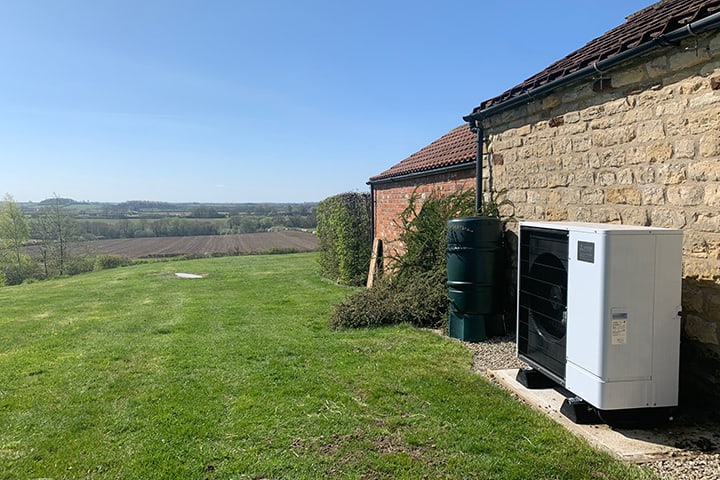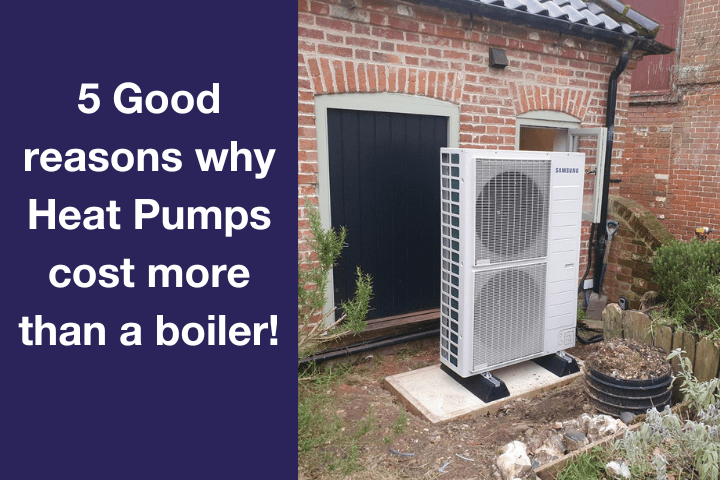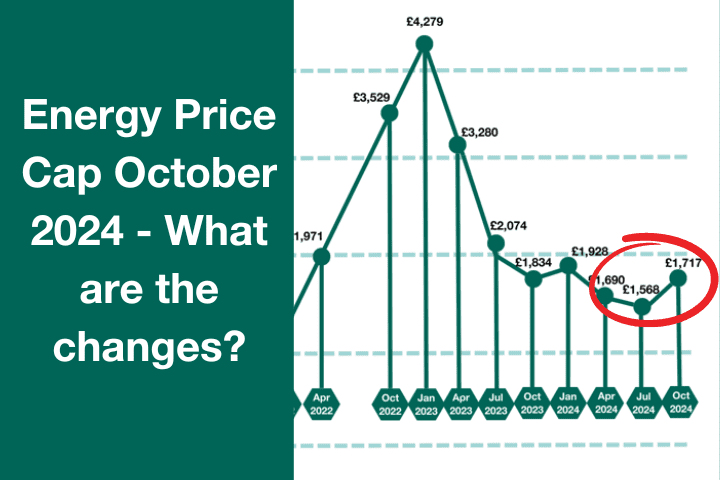A beginner’s guide to heat pumps

Why heat pumps?
As the National Grid is increasingly generating with renewable energy, heat pumps can offer an energy efficient and low carbon method of heating your home.
Heat pumps also often work well with solar panel and battery storage, enabling greater energy independence and helping future-proof homes.
As well as reducing carbon emissions, heat pumps can also potentially offer a cheaper form of energy for homes in rural areas that are off mains gas grid and rely on stored oil or LPG for heating.
How do heat pumps work?
Air source and ground source heat pumps absorb heat from the outside ground or air and convert that into heat and hot water for your home. Heat pumps use reverse refrigeration technology to deliver an energy ‘multiplier effect’.
The efficiency of how the heat pump converts electricity to heat using the refrigeration process is called the Coefficient of Performance (CoP). For example, if a heat pump system has a CoP of 3, then for every 1kWh of electricity used to run the system you will potentially get 3kWh of energy for heating. Typical CoPs for air source heat pumps (ASHPs) are around 3.5 and for ground source heat pump (GSHPs) CoPs are around 4.5.
Ground or air source
There are two main types of heat pump available:
Ground source heat pumps (GSHP) rely on absorbing the heat from under the ground using cables buried 1 metre underground in 50 – 100 metre lengths. GHSPs are more efficient and have a greater CoP than ASHP systems as the temperature of the ground is fairly constant. However, GSHPs do require a large outside space for all the pipework, the equivalent of half a football pitch. Typical system costs: £20-25K

Air source heat pumps (ASHP) involve a small-sized ASHP unit being located outside close to the building. ASHPs are not as efficient as GSHPs in terms of converting electricity to heat but are about half the price and do not require a huge amount of outdoor space. Typical system costs: £10-12K.

Things to consider
At present, the running costs of a heat pump are roughly on a par with heating your home with mains gas. However, if you are ‘off grid’ and replacing LPG or oil-fired heating, heat pumps are considerably cheaper to run.
Heat pumps aren’t always suitable for every property. For a larger uninsulated property, the heating demand could be so high in winter that the lower temperature heat pump system would needs unfeasibly large radiators to keep the space warm. In such a case, we would recommend insulation and airtightness measures before installing a heat pump.
Financial support
The Government‘s Renewable Heat Incentive (RHI) scheme is due to end in March 2022. It works by making payments to householders over a number of years ranging from between £6,000 – £10,000, depending on the amount of renewable heat provided by the heat pump that has been installed.
The RHI will be replaced by a new Government boiler upgrade scheme starting in Spring 2022 which offers homeowners upfront payments of £5000 for ASHPs and £6000 for GSHPs. The grant will not cover all heat pump installation costs and customers will be expected to pay the balance.
Our top tips for a successful heat pump system:
- Get advice as to whether a heat pump is suitable and whether it would deliver enough heat for your home.
- Ensure that room-by-room heat loss calculations are offered as standard to ensure that you are offered a correctly-sized heat pump for your home.
- Take advantage of any financial support available
- Look out for companies registered with the MCS quality assurance certification scheme
Chris Delaney, Director, Green Building Renewables
This article first appeared in the Yorkshire Post Property Pages on 01/01/22




